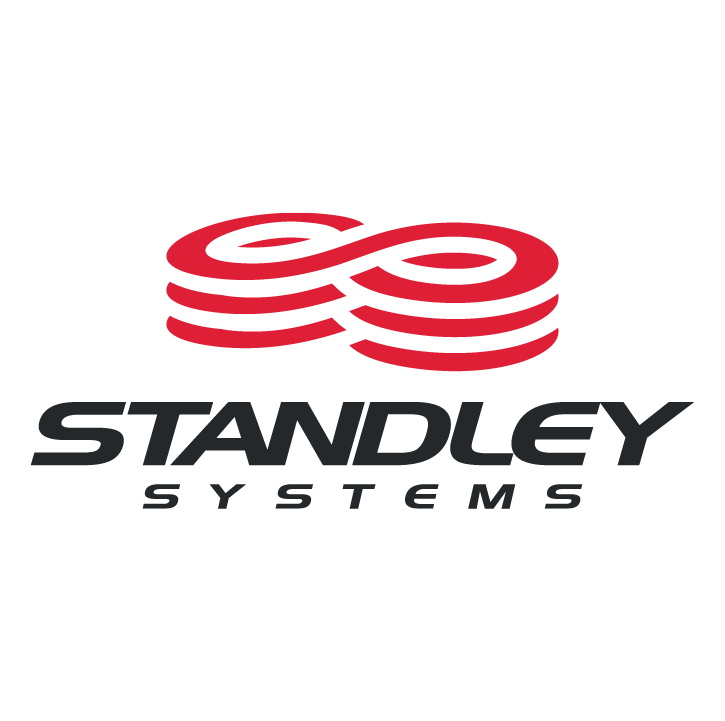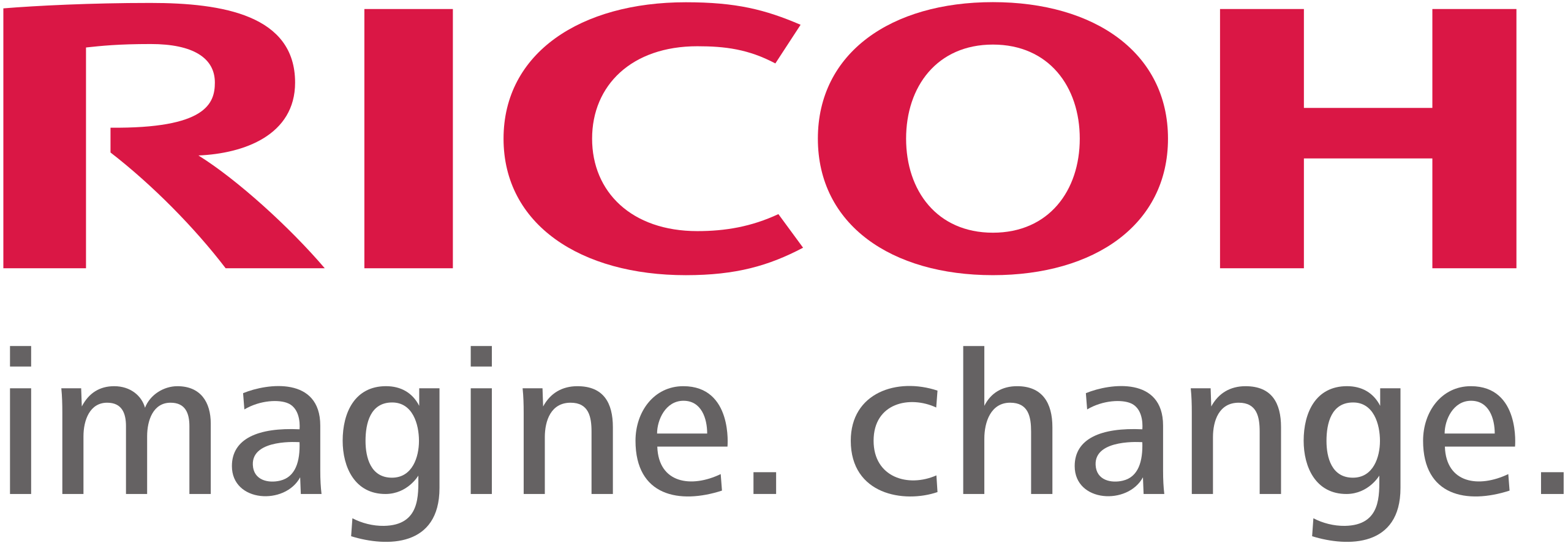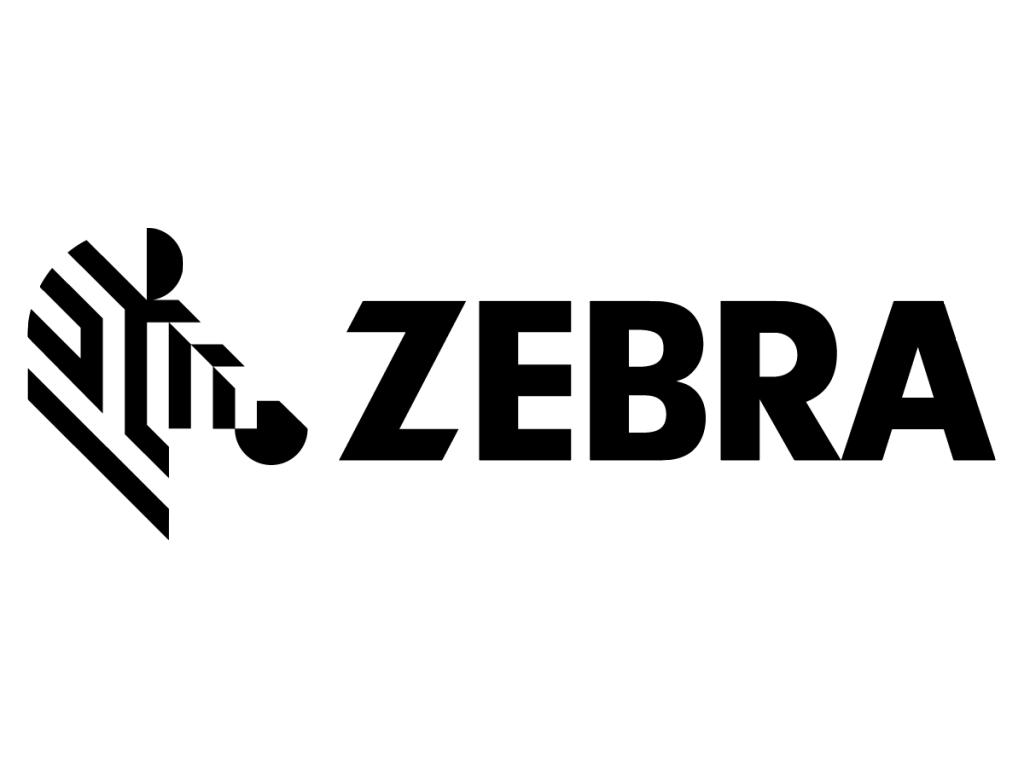5 min read
Why Your Next IT Investment Should Start with Your Business Goals
By:
Standley Systems Staff
on
August 20, 2025
Updated: August 20, 2025

Every office has one: the technology graveyard. It’s full of perfectly functional hardware and software that looked incredible during the demo, wowed everyone with cutting-edge features, and came with promises of business transformation. But once implemented, they quietly faded into the background, doing their job without actually moving the business forward.
Too often, purchasing decisions are driven by impressive sales pitches and feature lists rather than a clear understanding of how the technology will impact business goals. As a result, you end up with great tools that don’t align with strategy, leaving ROI unrealized.
However, when you start with an outcome-focused conversation, the equation changes. Technology stops being just another expense and becomes a true driver of growth, efficiency, and competitive advantage.
At Standley Systems, instead of beginning with a product catalog, we begin with your vision for the business. By understanding where you want to go, we can recommend IT solutions that get you there faster, more securely, and with measurable results.
The Feature Trap: Why Specs Don't Equal Success
It’s easy to assume that a system with the most impressive specifications will deliver the best results. But in reality, more features don’t automatically mean more value, especially if those features don’t connect to your core business objectives. This gap between what a system can do and what your business actually needs is where many IT investments fall short.
In many cases, buyers get caught up in vendor presentations that showcase dazzling capabilities. They’re impressed by features they may never use, driven by the urge to “keep up” with competitors. This often results in purchases that look great on paper but fail to meet strategic needs.
Overbuilt systems, which offer more than your company needs, can lead to overcomplexity. Sophisticated systems demand training and support you might not have, while ongoing maintenance costs scale with features, not with business value. Adoption suffers when day-to-day users find the system overwhelming.
Underperformance is another common issue. A system can meet technical specs yet fail to improve operations. Tools that operate in isolation, solve irrelevant problems, or lack key functionality drain time and resources instead of boosting performance.
Training for unused features, paying licenses for capabilities you never leverage, integration headaches, and lost productivity from overcomplicated solutions — these are the real costs of buying based on specs instead of outcomes.
Start with Why
Before choosing any technology, define what success looks like for your business. That could mean hitting revenue growth targets, acquiring more customers, reducing operational costs, meeting industry-specific compliance requirements, or building a platform that scales as you grow.
Here are some common business outcomes IT should support:
- Growth Enablement: Technology that adapts to increasing demand and new market opportunities
- Cost Optimization: Tools that cut expenses and improve margins
- Risk Mitigation: Security and backup systems that protect operations
- Competitive Advantage: Differentiators that attract and retain customers
- Compliance Assurance: Efficient solutions that meet regulatory requirements
Start with the outcomes you want and work backward. Identify processes and workflows that need improvement, quantify success metrics before selecting tools, and ensure technology capabilities match your true business needs.
To take an outcomes-based approach, ask these questions before making an IT purchase:
- What specific business problem are we solving?
- How will we measure success?
- What processes will this improve or enable?
- Does it align with our 3–5 year strategy?
- What happens if we don’t make this investment?
Bridging the Business-IT Divide
In many organizations, technical teams speak in features and specifications, while business leaders focus on outcomes and results. When priorities don’t align, investments can miss the mark. Procurement processes often prioritize cost over strategic value, further widening the gap.
The key is bringing both sides together. Joint planning sessions translate business objectives into technical requirements, while regular reviews ensure investments stay aligned with evolving goals. Success metrics must matter to both technical teams and business leadership.
Shifting from “what does it do?” to “how does it help us succeed?” changes everything. It ensures that technology decisions focus on business impact, long-term growth, and integration with existing systems.
This requires including business stakeholders in selection processes, training technical teams to understand business implications, and creating shared accountability for ROI. Ongoing communication about performance keeps technology tied to measurable business value, turning IT into a true growth partner.
Choosing an IT Partner vs. a Provider
Providers focus on selling products and services. Their success is measured by completing an installation, and the relationship often ends once the system goes live. They typically have a limited view of your business beyond technical specifications.
Partners, on the other hand, invest time in understanding your business model, objectives, and challenges. Their success is measured by achieving business outcomes and ROI. They maintain an ongoing relationship, focused on continuous improvement, with deep knowledge of your industry and competitive landscape.
As you evaluate potential IT firms, ask these questions to differentiate partners from providers:
- Do they ask about your goals before discussing technology?
- Can they connect their solutions to your desired outcomes?
- Do they have relevant industry experience?
- Will they stay engaged beyond implementation?
- How do they measure and report business value?
How Standley's Outcome-Driven Process Works
At Standley, ensuring that IT services align with your business outcomes is embedded in our approach. Here’s how it works.
Phase 1: Business Discovery
We start with a deep dive into your organization, assessing current objectives, operational challenges, and growth plans. We map existing processes, identify pain points, and define where technology can directly contribute to business success.
Phase 2: Strategic Alignment
Your goals are translated into clear technical requirements. We evaluate options based on potential business impact, conduct ROI-focused cost-benefit analysis, and create an integration plan that works with your existing systems.
Phase 3: Solution Design
We develop a custom architecture tailored to your desired outcomes. Implementation plans minimize disruption, success metrics are defined, and training is designed to ensure adoption and measurable results.
Phase 4: Continuous Optimization
Technology evolves alongside your business. We conduct regular performance reviews, make proactive adjustments, provide ongoing education, and align future planning with your growth trajectory.
Measuring Success
We track business metrics like revenue growth, efficiency gains, and customer satisfaction, paired with technology performance indicators tied directly to ROI. Continuous improvement recommendations keep your investment delivering value.
Technology as Business Strategy
Shifting from feature-focused purchases to outcome-driven IT decisions transforms technology from a cost center into a strategic advantage. When business goals and technology strategy align, organizations gain speed, agility, and measurable ROI.
Standley Systems is committed to your success. Our approach starts with understanding your vision and ends with solutions that deliver on it.
Ready to make your next IT investment count? Let’s start with a conversation about business outcomes today.

 800-522-3725
800-522-3725 info@standleys.com
info@standleys.com Support
Support











